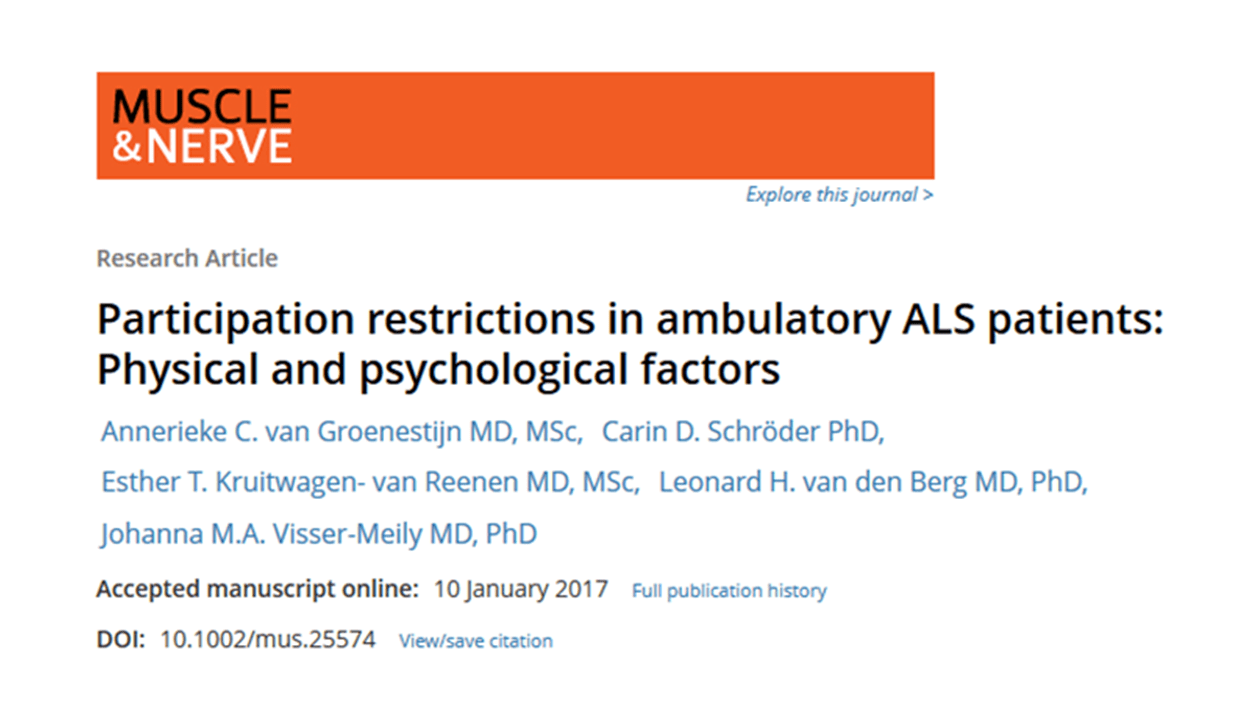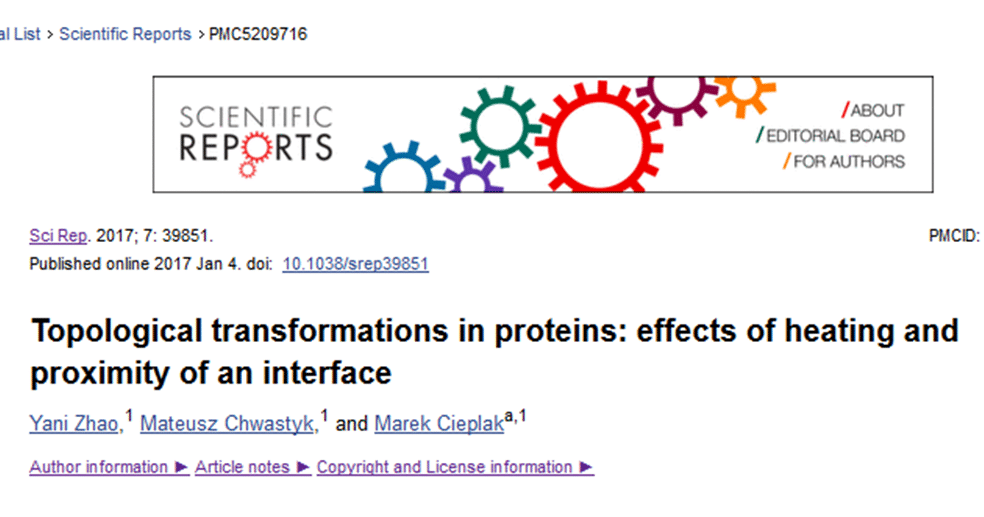Although only 10 percent of amyotrophic lateral sclerosis (ALS) cases are hereditary, a significant number of them are caused by mutations that affect proteins that bind RNA, a type of genetic material.
Researchers studied several ALS cases with a mutation in a RNA-binding protein known as hnRNP A2/B1. In a study published in Neuron, they describe how damage to this protein contributes to ALS by scrambling crucial cellular messaging systems.
To unravel the role RNA-binding proteins play in ALS, the research team gathered skin cells from four patients with the disease — three with mutations in the hnRNP A2/B1 gene, one with a mutation in a different gene — and two healthy volunteers as controls. The researchers coaxed these skin cells into becoming a special kind of stem cell called induced pluripotent stem cells (iPSCs) and ultimately turned these patient-specific stem cells into motor neurons. This technique provided them with personalized models of each patient’s disease, in a laboratory dish.
To determine the effects of the mutant hnRNP A2/B1 proteins in these samples, the researchers then measured the activity of thousands of genes in each of the ALS and healthy motor neuron samples. In the ALS patient samples, the team found that the hnRNP A2/B1 mutation these patients had didn’t merely disable the protein. Instead, the mutation gave the protein new toxic properties that scrambled RNA processing, and ultimately led to the death of motor neurons.
Paper: “Protein-RNA Networks Regulated by Normal and ALS-Associated Mutant HNRNPA2B1 in the Nervous System”
Reprinted from materials provided by UCSD.



